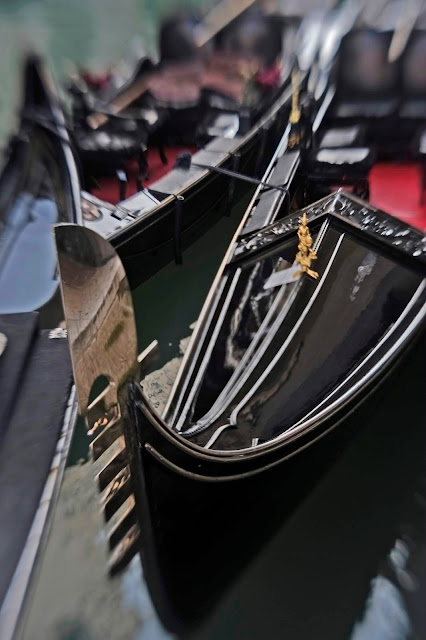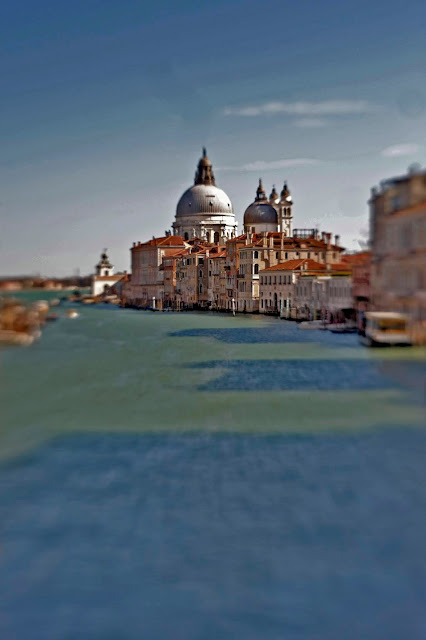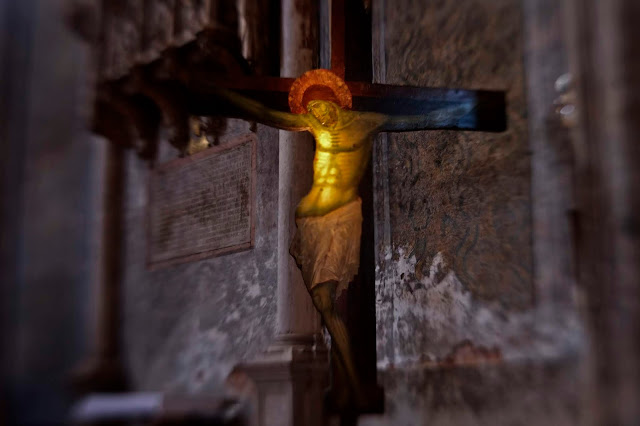Venice 2019 - The Lensbaby
Sunday, January 19, 2020
As a photographer who earned his living in magazines and good newspapers my photographs had to properly exposed and in sharp focus. Before the era of Photoshop and scanners, photographers were commanded (with few exceptions) to shoot with colour slides (those larger than the 35mm format were called transparencies or trannies). It was only with slides that art directors could see a photographers original photos. Now it would be difficult to see with the availability of so many modifications to an original shot.
Good cameras had lenses that were very sharp. If a lens
had a maximum aperture of (as an example F-2) the sharpest aperture was
somewhere in the middle at around F-5.6. This was the camera version of a car’s
cruising speed. One might suspect that at smaller apertures like F-16 or F-22 the
results would be sharper. This is not so. The smaller apertures would have more
depth of field but sharpness was to be had at that 5.6.
Magazine art director/designers demanded sharpness. If you
used the tricks of those 70s and 80s to smear the edges of a filter with
petroleum jelly to achieve a nice blend from sharp to unsharp for the face of a
woman that was not 20 you would never get a job again.
With the advent of digital cameras, photographers now are
used to enhanced sharpness, detail and colourful colours (the term here is
saturated colour). Some of these photographers are now feeling a nostalgia (not
really theirs) for LP records and perhaps even four-on-the-floor VWs. So, good
digital cameras have programs that mimic different kind of films (even Kodak
B+W Infrared Film).
This is why the Lensbaby is so popular. This device attached
to any digital camera can selectively make edges or other areas unsharp.
I used one of these in our 2019 trip to Venice, Florence and
Siena. The lens has detachable circular inserts with varying sized f-stops.
When I started using it in Venice I dropped it. Something
inside broke. Then when I looked through the viewfinder of my Fuji X-E1 (I used
an X-E3 for normal sharp focused photographs) everything seemed to be not
sharp. I was appalled. But I soldiered on anyway. Now almost a year later I am
most pleased with the results. Why?
Fuji digital cameras have a little lever on the left of the viewfinder
to adjust one’s personal diopter. It can be moved in a tight camera bag. I had
forgotten this! The pictures in this series that I took in Venice are not bad.
The blur that is not always in the centre where I wanted it is because of the
internal breakage. My repair guru, Horst Wenzel says it cannot be repaired.
Going to a city where millions take their smart phones every
year is the most photographed city in the world. It is possible to do justice to
this city in a one week visit? All I can
say is that I tried. I used an iPhone3G without a SIM card, a Galaxy 5 phone,
the X-E1 with the Lensbaby and the X-E3. Plus I took two 35mm swivel lens panoramic cameras, a Widelux and the Russian version, a Horizont. I loaded them with colour negative film and with Kodak b+w Infrared Film.
There are a few that I have come to
like.









































